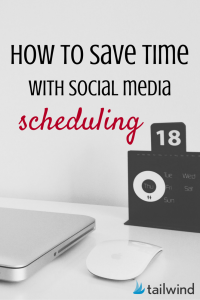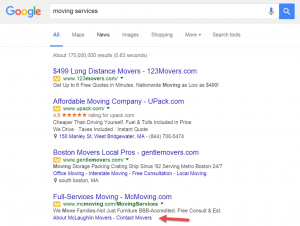These startling statistics show how the ‘motherhood penalty’ at work is still way too common
A survey released in advance of Mother’s Day reveals that two-thirds of moms have considered leaving the workforce due to the cost and stress of childcare.
BY Shannon Cudd
Becoming a parent changes a person. Priorities shift, and free time and sleep become things of the past. Rightly or wrongly, this often impacts women more than men. As we celebrate the many forms of motherhood this Mother’s Day, let’s examine how choosing to parent impacts moms in the workplace.
A brief history of Mother’s Day in America
Mother’s Day was first established in America by Anna Jarvis in 1908. Six years later, President Woodrow Wilson officially established the holiday, which takes place on the second Sunday in May.
Ironically, Jarvis remained unmarried and childless for the rest of her life. She hated how commercial the day became and actively campaigned to get rid of it. Perhaps Jarvis could sense the challenges that women would face—and continue to face—and didn’t think that a bunch of flowers could make up for the larger issues.
At work, the “motherhood penalty” is real and too common
Mothers who work outside the home often come up against the “motherhood penalty.” This term was coined by sociologists Michelle J. Budig and Paula England. It explains how women are punished for choosing to parent while men are often rewarded for the same decision.
According to a report by Third Way, women see their pay decrease by 4% per child while men receive a 6% raise. This is known as the “fatherhood bonus.”
Mothers consider leaving the workplace at alarming rates
Lower earning potential is among the many challenges that can lead moms to consider leaving the workforce altogether. Daycare is expensive, and sometimes it makes more economical sense for a parent to stay home. Motherly’s 7th annual State of Motherhood Report, released this month from surveys conducted in March, found that 66% of the nearly 6,000 mothers surveyed have considered stopping working outside the home because of the stress and cost of childcare.
This statistic grows even higher among Gen Z moms, who are less likely to have flexible positions or paid leave.
It’s not easy for moms to reenter the workforce. This was highlighted in a 2018 study published in the American Sociological Review. It found that stay-at-home moms were 50% less likely to get an interview than moms who were laid off from their last job.
Things aren’t easy for moms who choose to stay working outside the home either. A 2019 American Trends Panel conducted by Pew Research Center found that 23% of working moms turned down a promotion because of motherhood responsibilities; 17% believe they were passed over for important assignments because of being a mom.
Companies can do more to meet the needs of working moms
There are ways to combat these challenges. Companies can examine their parental leave policies, offer flexible work arrangements, and practice pay transparency, to name just a few things. And politicians take note: This election year, moms are also taking their powerful voices to the voting booths.
So this Mother’s Day, don’t forget to celebrate moms everywhere, in ways big and small. They’ve sacrificed a lot.

ABOUT THE AUTHOR
(13)
Report Post






